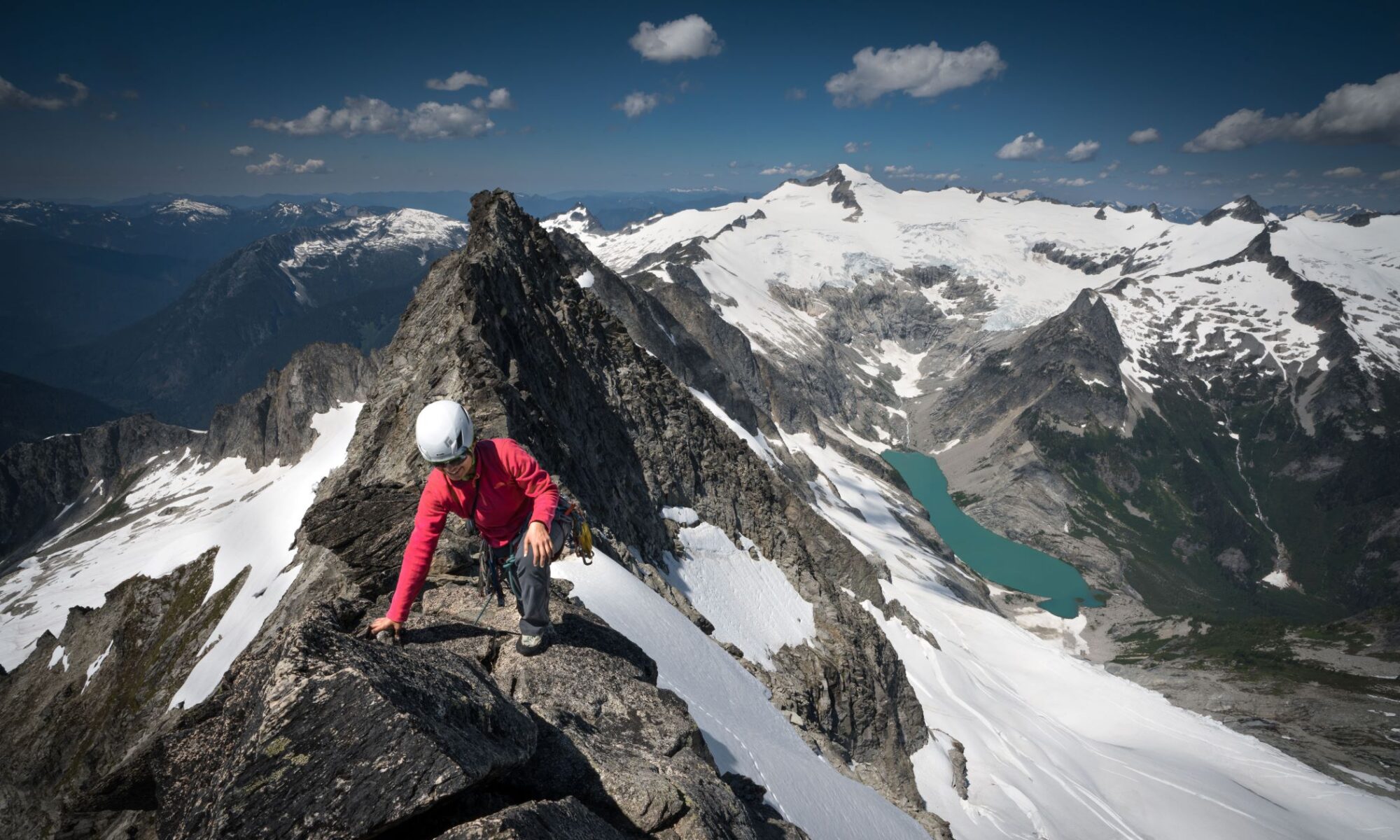It’s (way past) time to hit the books (and articles, podcasts, videos, and webinars)!
Most of us have a lot to learn when it comes to racism, anti-racism, and allyship in the United States, especially as it relates to outdoor recreation. There are hundreds of important resources available online, in the library, and through your headphones. Below are just a few of the outdoor-related ones that have resonated with the staff at the Mazamas, but trust us, time, a search engine, and a few keywords will be your biggest friends in this course on how to be a better human.
Online Presentations & Webinars
- “We Hike to Heal”—a short docufilm telling the stories of Kenya and Michelle Jackson-Saulters (@outdoorjournalttour). Presented by Merrell & produced by Faith E. Briggs (@faithevebee) and Whit Hassett (@whithassett).
- What does DEI have to do with the Outdoor Industry? (recording of the AMGAs live panel discussion)
- Straight Talk with Teresa Baker, co-founder of the Outdoor CEO Diversity Pledge
- Systemic Racism in Outdoor and Urban Spaces (recording of Oregon Wild’s live event)
- We Got Us– Blog Post and recording of a discussion on allyship, Black Joy, Presence, and other themes.
- Thru-Hiking While Black: A Conversation with Triple Crowners Elsye “Chardonnay” Walker & Will “Akuna” Robinson (recording of a live conversation).
Articles & Other Written Materials
- Anti-Racism Resources for Climbers—Climbing Magazine
- Eracism (written by Yassine Diboun)—Trail Runner Magazine
- ‘Black Birders Week’ Promotes Diversity and Takes on Racism in the Outdoors—Audobon
- Why Every Environmentalist Should Be Anti-Racist—Vogue
- JEDI 101—Access Fund
- A Resource for White Climbers—Brown Girls Climb
- The Melanin Base Camp Guide to Outdoor Allyship
- In their most recent report, “The Heat is On,” the Public Lands Trust analyzed park data from across the country to determine who does and doesn’t have access to this vital public resource—and uncovered some troubling findings. Download the report here.
- It’s Past Time to Dismantle Racism in the Outdoors—Courtney Bourgin, The Sierra Club
- The Unbearable Whiteness of Hiking and How to Solve It—Lornett Vestal, The Sierra Club
- Racism in the Great Outdoors: Oregon’s Natural Spaces Feel Off Limits to Black People—Monica Samayoa, Oregon Public Broadcasting
- Want to Speak Up Against Racism in the Outdoors? Here’s How—David Robles, Melanin Basecamp
- Breaking Down the Lack of Diversity in Outdoor Spaces—Naomi Humphrey, National Health Foundation
- Racial Complexities of Outdoor Spaces: An Analysis of African American’s Lived Experiences in Outdoor Recreation—Matthew C. Goodrid, University of the Pacific Scholarly Commons
- Here’s how national parks are working to fight racism—James Edward Mills, National Geographic
- Out There, Nobody Can Hear You Scream—Latria Graham, Outside
- Return the National Parks to the Tribes—David Treuer, The Atlantic
Podcasts & Audio Recordings
- In light of the passage of the Great American Outdoors Act, WNYC’s The Takeaway is diving into our National Parks. Check out the week’s segments below
- Aug. 17: American Indians Were Pushed Off Their Land to Create National Parks
- Aug. 18: People of Color Have Been Systemically Excluded from National Parks
- Aug. 19: Does the Great American Outdoors Act Benefit National Parks or Republicans More?
- Aug. 20: Listeners Share Their Experiences with the Great Outdoors
- Aug. 24: Camping While Black
- Outside Voices Podcast
- Unlikely Hikers Podcast
- The Invention of Race—WYNC Studios
- Seeing White—Scenes on Radio, season 2 (14 episodes)
Videos & Movies
- Pedal Through—A short film about finding healing through bikepacking. The film is part of the #OregonMade “Oregon’s Outdoors Are For Everyone” film grant series created by Travel Oregon and the Oregon Office of Film & Television.
- Titan Project is a film about Sabrina Chapman, a Canadian sport climber with Indian & African heritage. Sabrina is on a mission to send her first 5.14a — the threshold for elite climbing. It’s also much more than that. It’s a story of one womxn’s journey of self-acceptance, healing, and resilience.
We realize this is a (very) incomplete list. Have you read or watched something pertaining to racism in the outdoors that you think should be here? Let us know! Share the pieces that have resonated with you in the comments below and we will get them added to our list!
But, wait, there’s more! Check out the list that the American Hiking Society is curating.





















